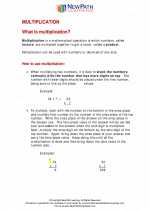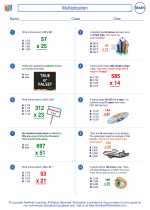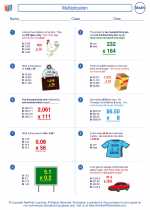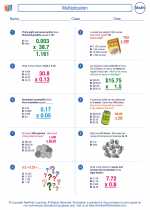Gregorian Calendar
The Gregorian calendar is the calendar that is currently used in most of the world. It was introduced by Pope Gregory XIII in 1582 as a refinement of the Julian calendar. The Gregorian calendar is a solar calendar, meaning it is based on the Earth's revolution around the Sun.
Key Features of the Gregorian Calendar
- Leap Years: The Gregorian calendar accounts for leap years, which occur every 4 years. A leap year has 366 days, with an extra day added to the month of February.
- Months: The calendar has 12 months, with varying numbers of days in each month. The months are January, February, March, April, May, June, July, August, September, October, November, and December.
- Weeks: A week in the Gregorian calendar consists of 7 days, with Sunday being the first day of the week in most Western countries.
- Year Numbering: The Gregorian calendar uses the AD/BC system for numbering years, with AD (Anno Domini) representing years after the birth of Jesus Christ, and BC (Before Christ) representing years before his birth.
Studying the Gregorian Calendar
When studying the Gregorian calendar, it's important to understand how to identify leap years, calculate the day of the week for a given date, and convert dates between the Gregorian calendar and other calendar systems. It's also helpful to learn about the historical development of the calendar and its impact on society.
Study Tips
- Memorize the number of days in each month, including leap years.
- Practice calculating the day of the week for specific dates using formulas or algorithms.
- Research the history of the Gregorian calendar and its adoption in different parts of the world.
- Compare the Gregorian calendar with other calendar systems, such as the Julian calendar or the lunar-based Islamic calendar.
By mastering the Gregorian calendar, you'll gain a valuable understanding of how time is measured and organized in the modern world.
.◂Math Worksheets and Study Guides Sixth Grade. Multiplication
Study Guide Multiplication
Multiplication  Worksheet/Answer key
Worksheet/Answer key Multiplication
Multiplication  Worksheet/Answer key
Worksheet/Answer key Multiplication
Multiplication  Worksheet/Answer key
Worksheet/Answer key Multiplication
Multiplication 

 Worksheet/Answer key
Worksheet/Answer key
 Worksheet/Answer key
Worksheet/Answer key
 Worksheet/Answer key
Worksheet/Answer key

The resources above cover the following skills:
The Number System
Compute fluently with multi-digit numbers and find common factors and multiples.
Fluently multiply and divide multi-digit whole numbers using the standard algorithm. Express the remainder as a whole number, decimal, or simplified fraction; explain or justify your choice based on the context of the problem.